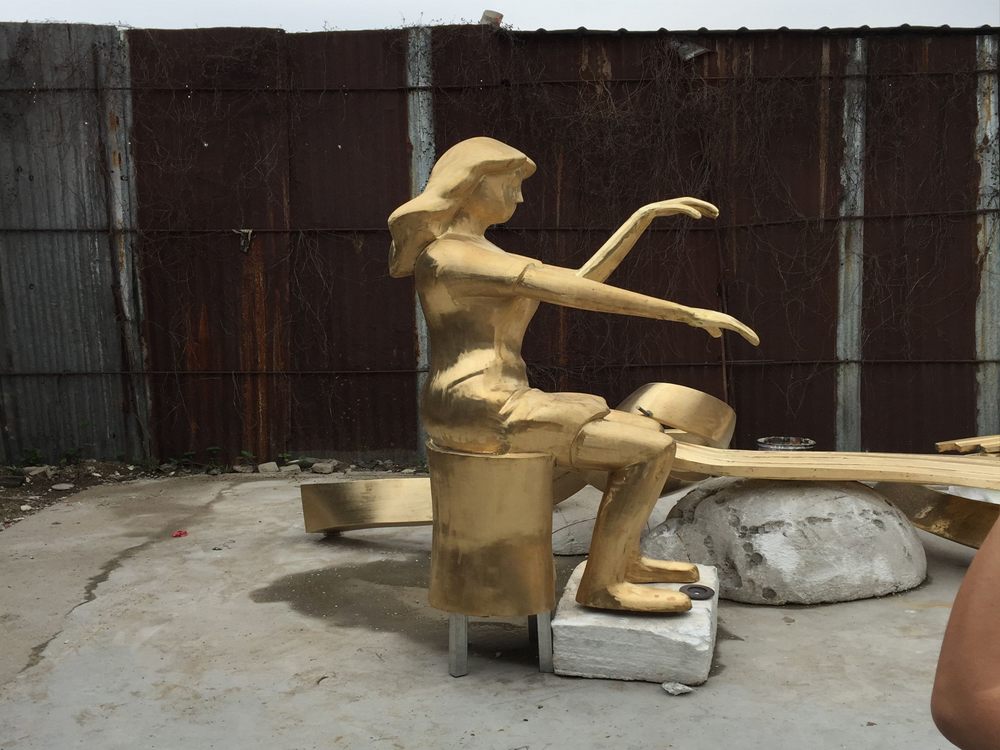
Bronze sculptures are renowned for their durability and timeless beauty, but how do they fare in high-altitude environments where temperature swings can be extreme? The answer lies in bronze's unique material properties and proper maintenance practices.
Bronze, an alloy primarily composed of copper and tin, possesses exceptional thermal stability. Its low thermal expansion coefficient allows it to contract and expand minimally under temperature fluctuations, reducing stress fractures. In high-altitude regions, where temperatures can swing from scorching daytime heat to freezing nights, this characteristic proves invaluable.
However, altitude introduces additional challenges. Increased UV exposure accelerates patina formation, while thinner air may slightly alter oxidation rates. The key to preserving bronze sculptures in these conditions involves:
1. Regular cleaning to remove debris and pollutants
2. Applying protective wax coatings to shield against UV rays
3. Ensuring proper drainage to prevent water accumulation
4. Periodic professional inspections for micro-cracks
Interestingly, the natural patina that forms in high-altitude environments often develops unique coloration patterns, adding character to the artwork. Many sculptors actually seek out these locations specifically for this effect.
With proper care, bronze sculptures can not only survive but thrive in high-altitude settings, their surfaces telling the story of the dramatic environment through evolving textures and hues. The combination of bronze's inherent resilience and thoughtful maintenance allows these artworks to endure where other materials might fail.

